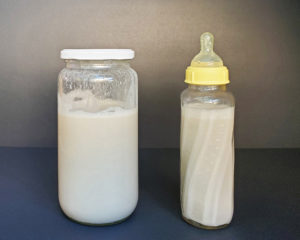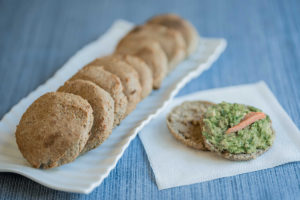
Recipes
Homemade Infant and Toddler Formula
Every new mom has high hopes of breastfeeding their infant. We know that breast milk is best for our little ones and as moms we

Every new mom has high hopes of breastfeeding their infant. We know that breast milk is best for our little ones and as moms we

To read our story from the beginning click here. At the end of 2017, I was filled with hope again when God reassured His promise

Simple 6 Ingredient Quinoa Bread One of the hardest foods to replace when making lifestyle changes is bread. We are accustomed to eating bread every